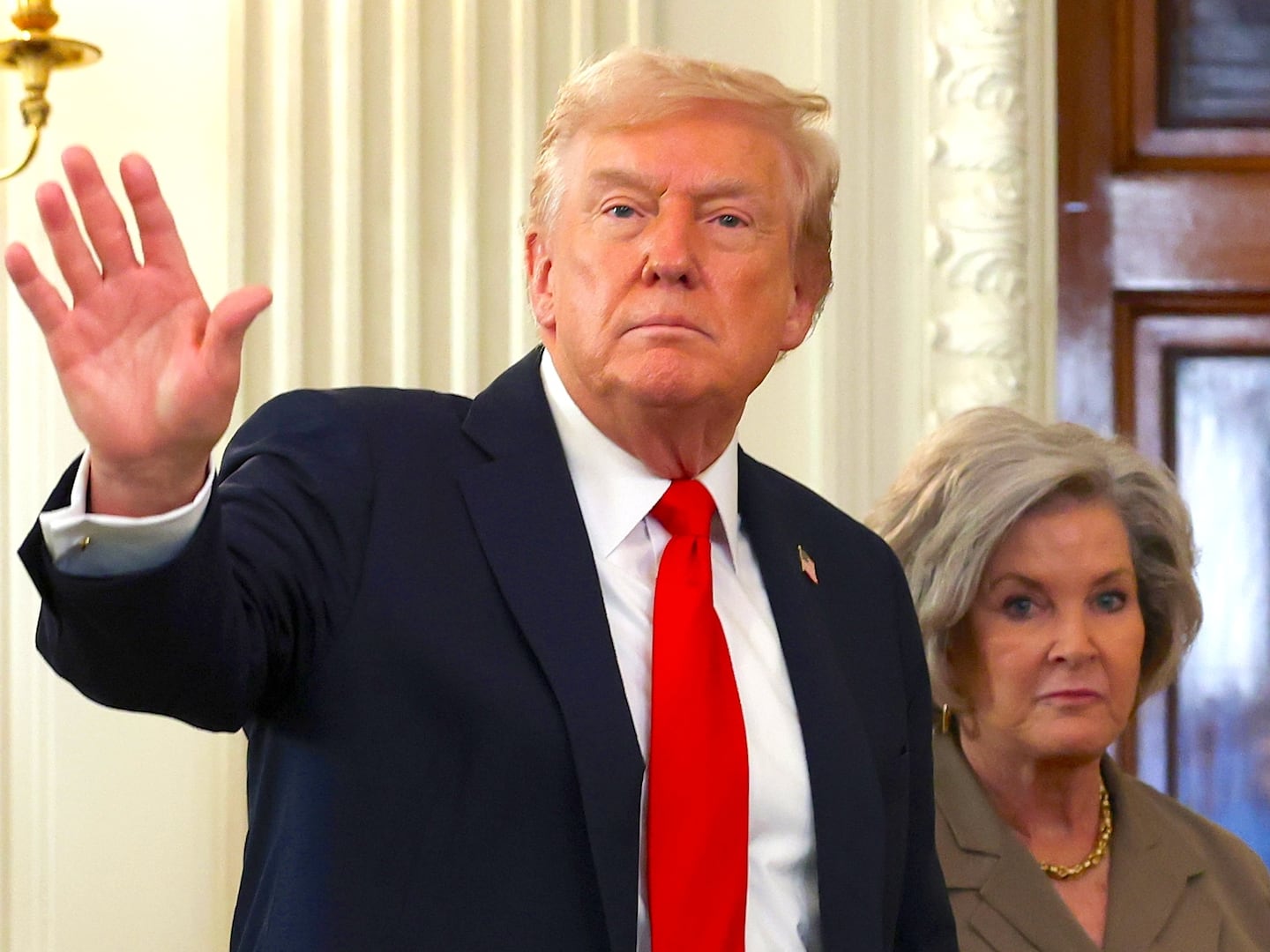In a defiant audio recording, Said al-Shihri seemed to have come back from the dead. In September, the Yemeni Ministry of Defense announced that they had taken out Shihri, the deputy leader of Al Qaeda in the Arabian Peninsula (AQAP). But when he apparently reemerged one month later to swear revenge—if the recording was indeed authentic—Shihri’s seemingly botched killing transformed a counterterrorism victory into a chilling metaphor of Al Qaeda’s resilient presence in conflict-wracked Yemen.

Progress in the battle against AQAP has undeniably been made. In the midst of last year’s uprising against former president Ali Abdullah Saleh, Ansar al-Sharia—an Al Qaeda-linked militant group—was able to take hold of swathes of territory in the restive southern provinces of Abyan and Shabwa. Shortly taking office this February, Saleh’s successor, Abdo Rabbu Mansour Hadi, proceeded to launch a sustained military offensive against the extremists, and by early June, Yemeni troops—backed by U.S. intelligence and air support, as well as local warriors—were able to push Ansar al-Sharia out of areas they had controlled for more than a year.
But as the militants abandoned their former strongholds, most of their fighters were able to slip away, largely armed, and reintegrate into society or escape to sparsely populated, mountainous areas north of their former strongholds. They’ve continued to launch attacks on Yemeni troops in areas once under their control; an Oct. 19 attack on an army base in the coastal town of Shuqra left 13 soldiers dead. Elsewhere, a string of bombings and assassinations in the nation’s cities—including the capital itself—have underscored that the continued threat AQAP poses.
“What happened earlier this year was more a moving of the battle than an end to the battle,” said Gregory Johnsen, author of The Last Refuge, a forthcoming book on Yemen and AQAP. “There are large portions of Yemen that are drifting away from the central government and Sana is unable to reassert control. Whenever these cracks and fissures emerge in the Yemeni state, groups like AQAP will be able to seize the opportunity.”
While local troops and law enforcement have played a key role, American strikes, largely by unmanned drones, have long been a important—and controversial—element of the American government’s battle against AQAP, which has been responsible for numerous plots against U.S. targets. Saleh had permitted the strikes since 2009, and the policy has continued under his successor.
Proponents of the strikes have hailed them as an accurate method of targeting local militants. In statements made during a recent trip to the U.S., president Hadi acknowledged that drone strikes in the country take place with his permission, and defended the use of drones by contrasting their technological precision with that of the fighter planes used by Yemen’s under-equipped air force, which are largely unable to operate at night.
Hadi’s enthusiastic cooperation has cemented his status as one of America’s staunchest allies in the region. But even as the president has emerged as a vocal backer of U.S. policies in Yemen, his endorsement is far from universal.
Many Yemenis see drone strikes as an unacceptable violation of the country’s sovereignty and the rule of law. While American officials point to a growing list of dead militants, many here stress the unavoidable risk—and sporadic occurrence—of civilian casualties. Public opposition to the strikes has mounted in the wake of a botched drone attack in the central town of Rada that left 13 civilians dead.
While some within Yemen’s political establishment have taken issue with the strikes, most remain reluctant to do so publicly, even if they’ve quietly expressed concerns that widespread anger over the strikes is having a radicalizing effect. AQAP statements have leveraged the strikes in their attempts to paint the current Yemeni government as a puppet of the U.S. And even if they’ve been a frequent AQAP target themselves, the Houthis—a Zaydi Shiite rebel group—have also been accused of taking advantage of current anti-American sentiment for their own benefit.
Over the past year, the Houthis have emerged from the shadows, taking virtual control over much of Yemen’s conflict-scarred far north and expanding their presence to the capital itself, where graffiti bearing their acerbic slogan—“God is great, Death to America, Death to Israel, Damn the Jews, Victory to Islam”—is a frequent presence. The Houthis have taken an ambivalent position with regard to the current government, condemning it as illegitimate while expressing a willingness to cooperate in the country’s post-Saleh transition. And while most analysts say that the group’s grassroots support is fundamentally rooted in local grievances, many here have ascribed the rise of the Houthis—who have long been accused of taking arms and funding from the Islamic Republic of Iran—to Tehran’s interference.
“We’ve seen Iranian efforts to take advantage of the political upheaval to build up their own presence in a way that would not be supportive of resolving internal issues successfully,” said one Western diplomat.
Most Yemenis are quick to condemn local extremists. But, few question their continued ability to pull support from a radicalized minority—and many who stress Yemenis’ opposition to AQAP express fears that the United States’ counterterrorism policies here are breeding mistrust. With the central government’s influence weakened throughout much of the country, human intelligence and cooperation with those on the ground will be key to defeating AQAP. And even if many local elites share a desire to see the terrorist group defeated, they condemn the American government’s current policies as counterproductive.
“I say this with regret, but also with confidence,” said a prominent sheik from Mareb, a sparsely populated province in central Yemen that has long had an AQAP presence. “America’s policies in Yemen are creating more militants than they can kill.”






